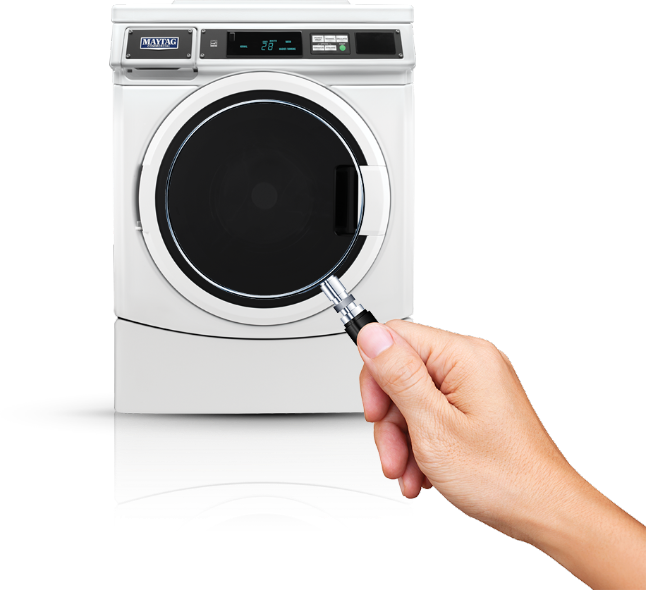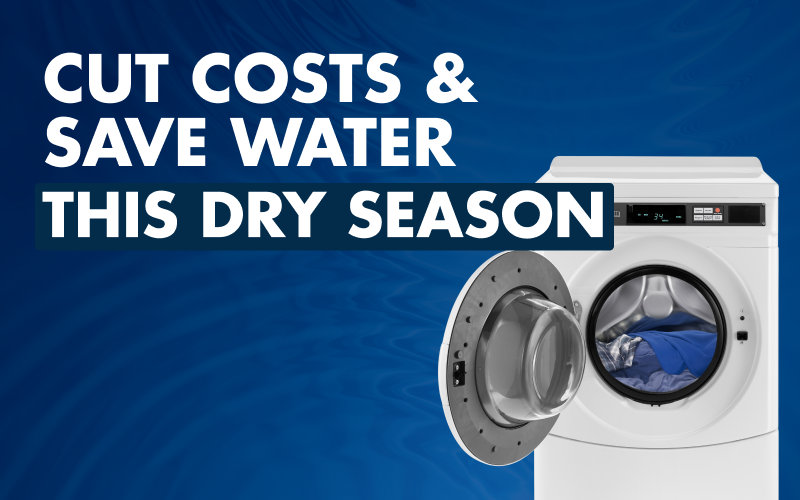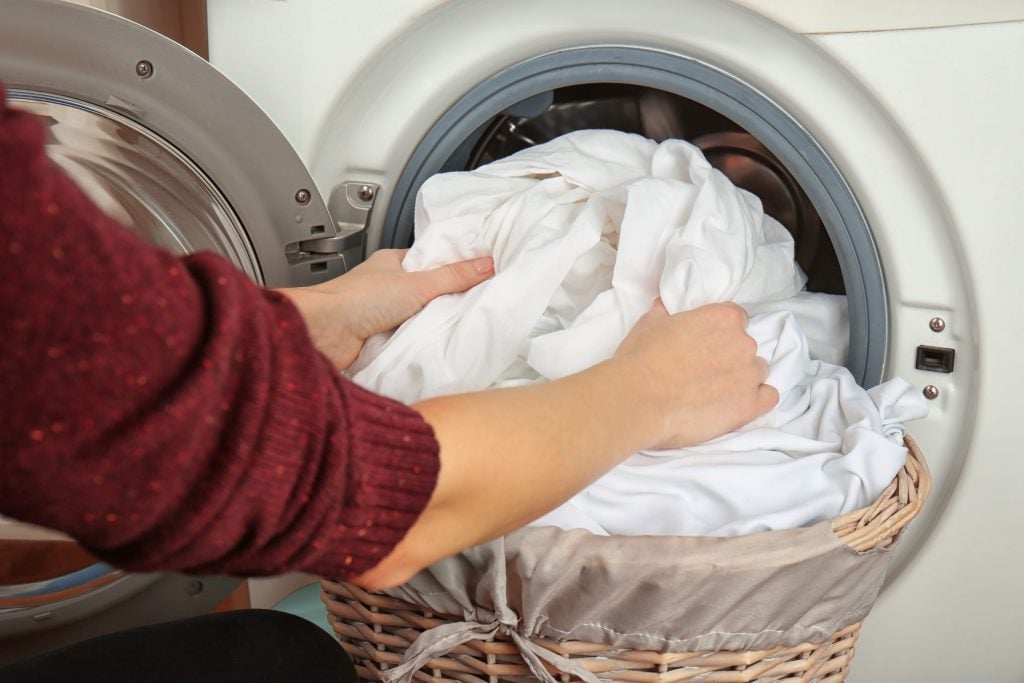Speak with us today: 1800 629 824
How to Service Your Own Washers

The world is an imperfect place. It is a place where things break all of the time – including your washing machines. A broken machine is definitely an annoyance, and it can also be a big inconvenience, but it doesn’t always have to be.
When something amiss occurs – whether it’s a leaking pipe or an unbearably loud rattle – our first response is normally to call in a professional to get the problem solved. This is a great way to get the problem sorted, but if you’ve got customers beating down your door, and are worried about losing money in the meantime, or perhaps are located in a regional area that mechanics can’t make it out to – you may be able to solve the problem on your own.
Below, we’ve listed three of the common problems that can occur with washing machines and the information on how you can fix it yourself with some basic tools and a bit of know-how. Remember to always check your manufacturer’s guide before carrying out repair work.
Noise Issues
A common problem reported with washing machines is an unusual noise coming from the machine. As there are plenty of potential sources for such a noise, your first job is to locate where it is coming from. From there, you’ll be able to find the issue.
Pump & Pump Motor
The pump or pump motor is a common source of trouble. Remove the front panel of the machine to locate it and begin a cycle to determine whether it is the source of the problem. If it is, disconnect the power and remove the inlet hose to the pump. Make sure to keep a container underneath to catch any water.
Remove any objects that may be the source of the noise, or damaging to the pump, and turn the impeller manually to inspect for any damages. If an object is not the issue and the pump is worn or damaged, it will need to be replaced. When replacing the pump, make sure you carefully tighten the hose to prevent any leaks.
Tub Dampening Strap
For top-load washers, tub dampening straps are used to soften the movement of the tub against the walls of the washer, cushioning the sound. When these straps become stretched or damaged, the tub will make contact with the walls and create a loud banging noise.
To check for damaged straps, raise the top of the washing machine until they are visible. If you can see that they are worn or damaged, they will need to be replaced. It is recommended that you replace all straps at the same time.
Drive Motor
The drive motor is a vital part of a washing machine – spinning the wash basket and in some cases operating the pump. A humming or buzzing noise, sometimes accompanied by a burning smell, could be a sign that your drive motor is the problem.
When inspecting the drive motor, if it cannot rotate on its own, it will need to be replaced. If it appears to be working, there are two common problems that may be the cause of your issue.
The first is a defective start capacitor, which is located near the drive motor and has a wire harness connected to a motor start switch. Loose wire connections or cracks and swelling in the capacitor will require an exact part replacement.
The second is to check the mechanical components that the drive motor operates to ensure they are working at full capacity. Ensure the pump turns freely and the wash basket spins, and that there are no defective pieces or even articles of clothing caught in the machine which may be causing the buzzing noise of the machine.
Draining Issues
Draining issues in washing machines are often caused by trapped clothing or jewellery. To solve the issue, remove the hose that connects the tub to the pump (making sure to have a container ready to catch any water), and check for lost socks or other pieces of clothing. Use a coat hanger or long wire through the tube to pull out any objects that might be stuck.
Inspect the pump for any damage, including broken blades. Rotate the pump shaft to check whether it spins freely, and if you find any damage, fit a replacement pump.
No Spin
In many cases, a machine will fill with water once loaded and set into motion, and then nothing will happen. If your machine is not spinning, the main suspect is a broken lid switch. Continuity Testers or Multimeters can be bought cheaply online for testing. To test the switch, remove the wires connection and touch the tester probes to the switch connectors. Opening and closing the lid should cause the reading to alternate between continuity and no continuity. If this alternation doesn’t happen, the switch will need replacing.
Take a Class!
If your problem is bigger than a little DIY can handle, or you want to be able to fix your own machines in the future, consider taking our service school! It’s focussed at regional facilities but works for anyone who’d like to know how to fix their own Maytag washing machines.
Recent Articles
Cutting Costs and Conserving Water — How Laundries can Lead This dry Season
Across Australia, communities are adjusting to drier months with rostered sprinkler days, shorter showers and r....Read More
Commercial Laundry Repairs and Servicing: Keeping Your Machines Running with Dependable Support
Commercial Laundry Repairs and Servicing: Keeping Your Machines Running with Dependable Support When your comm....Read More






